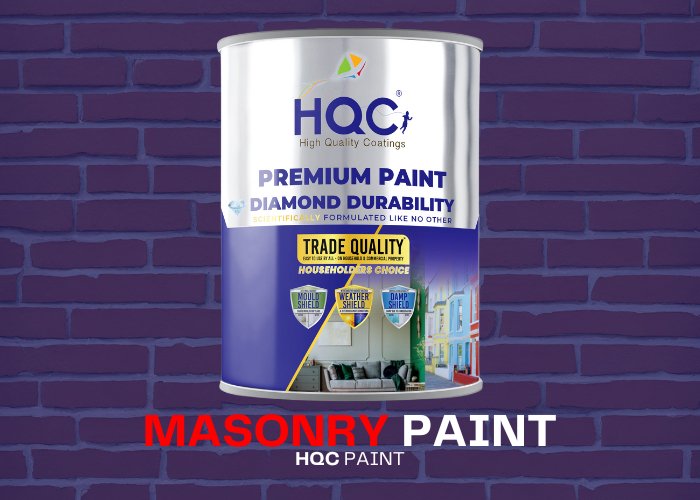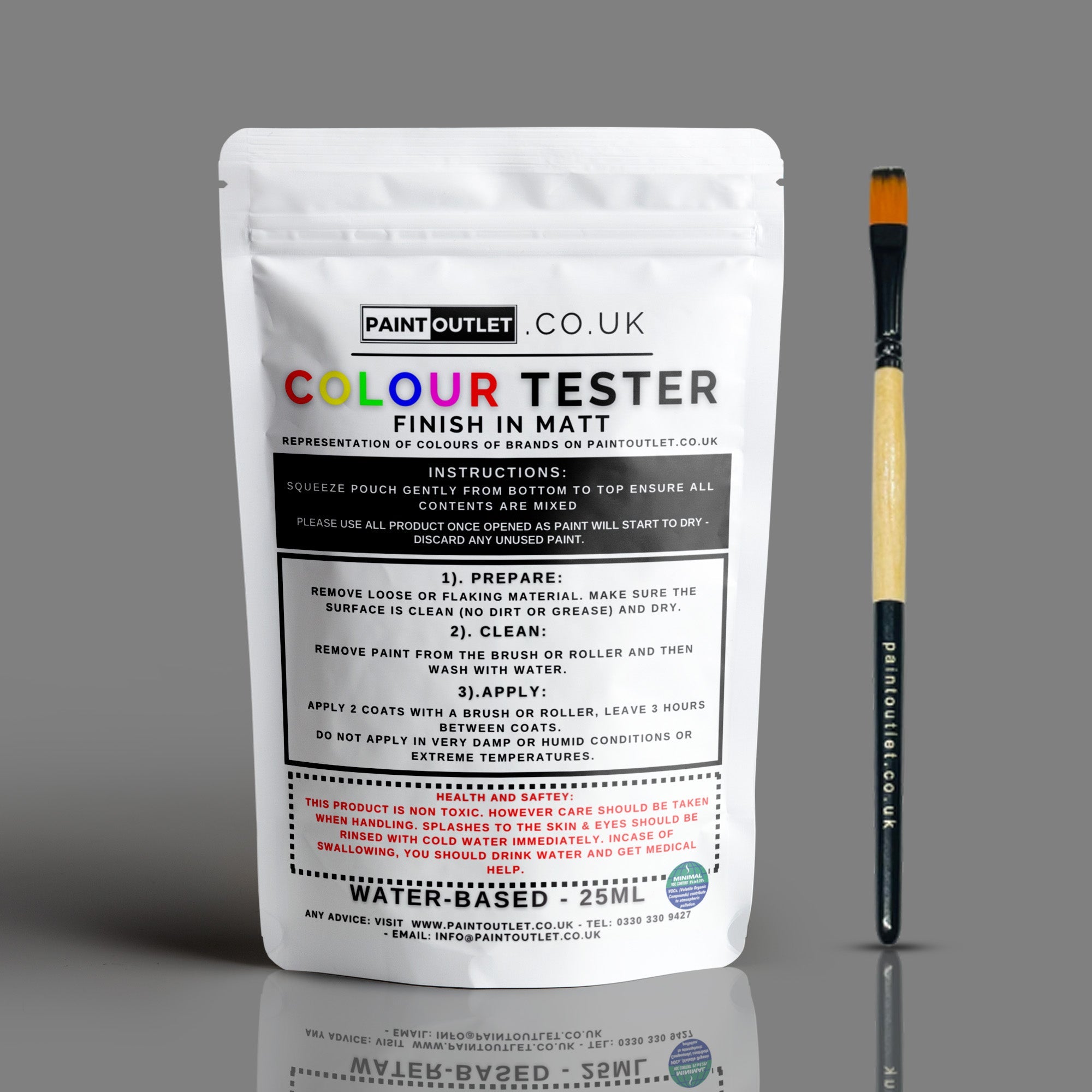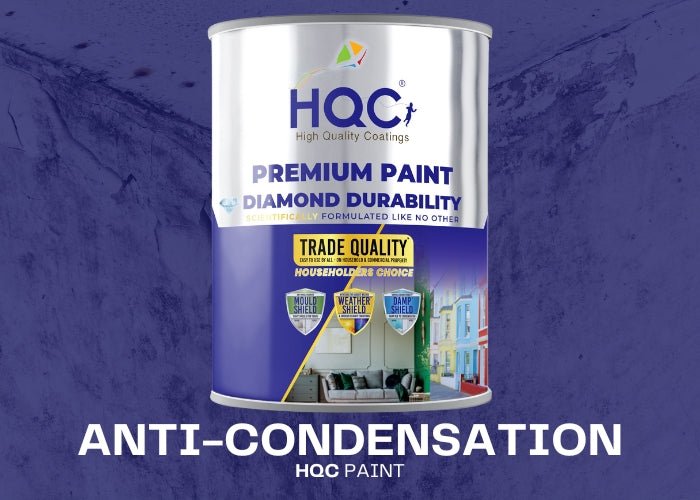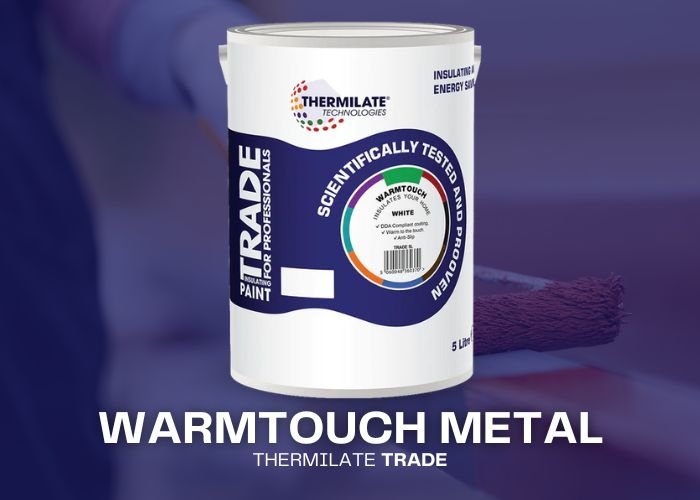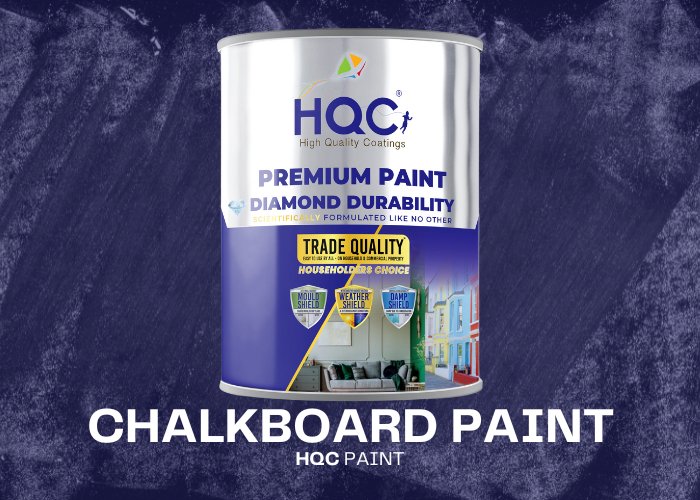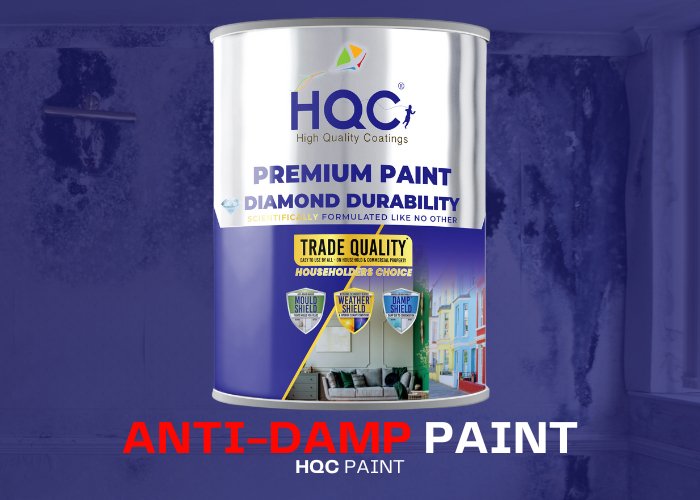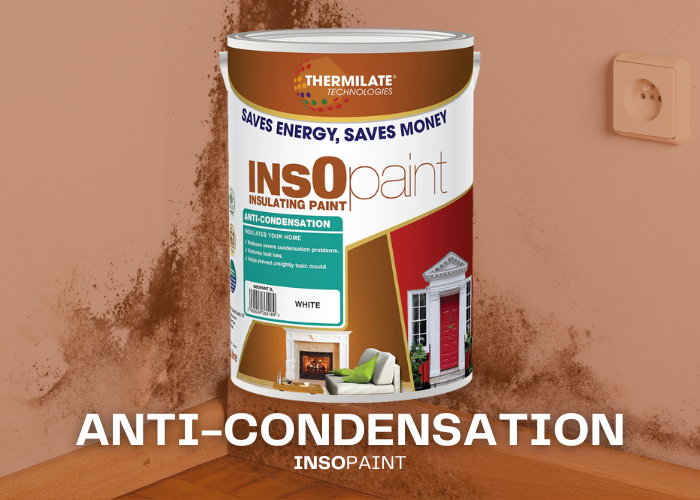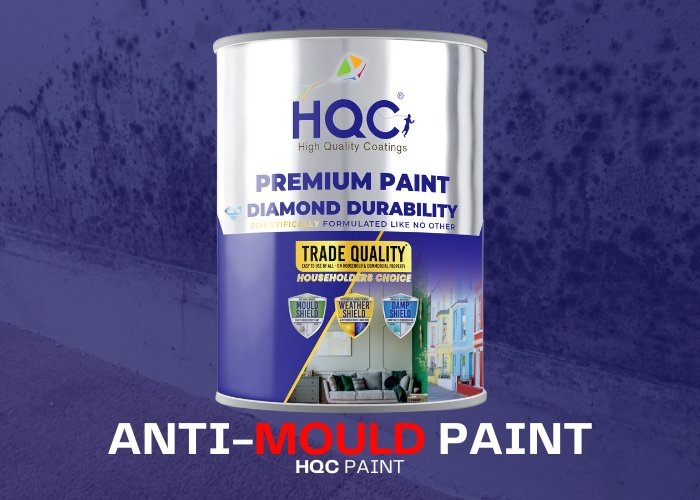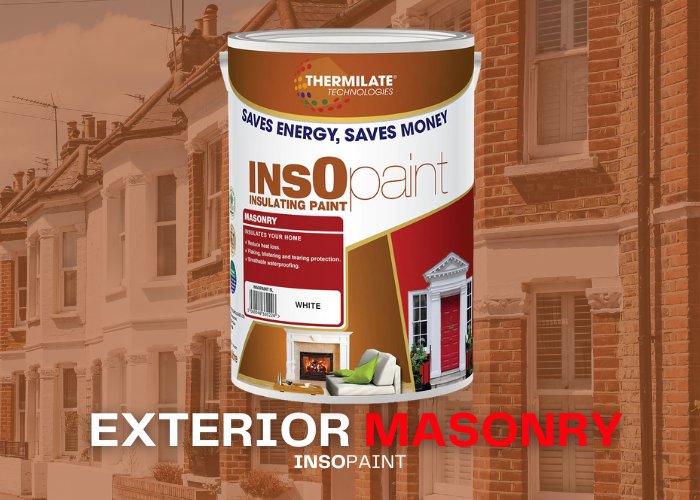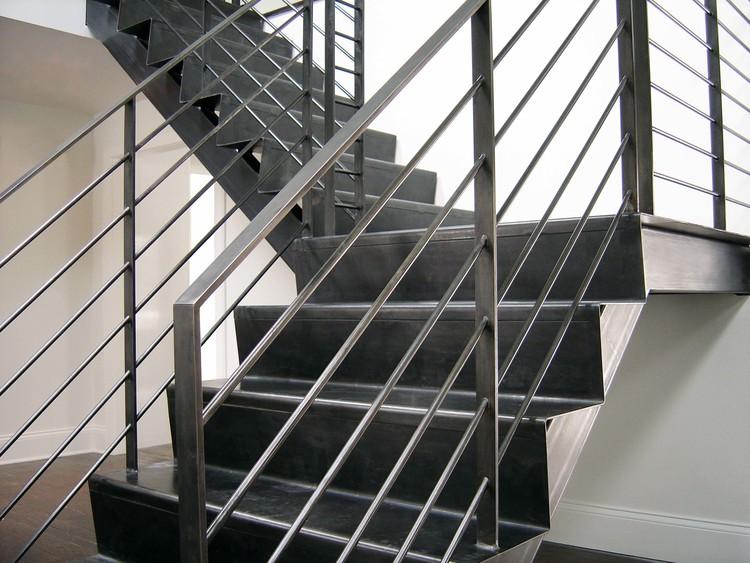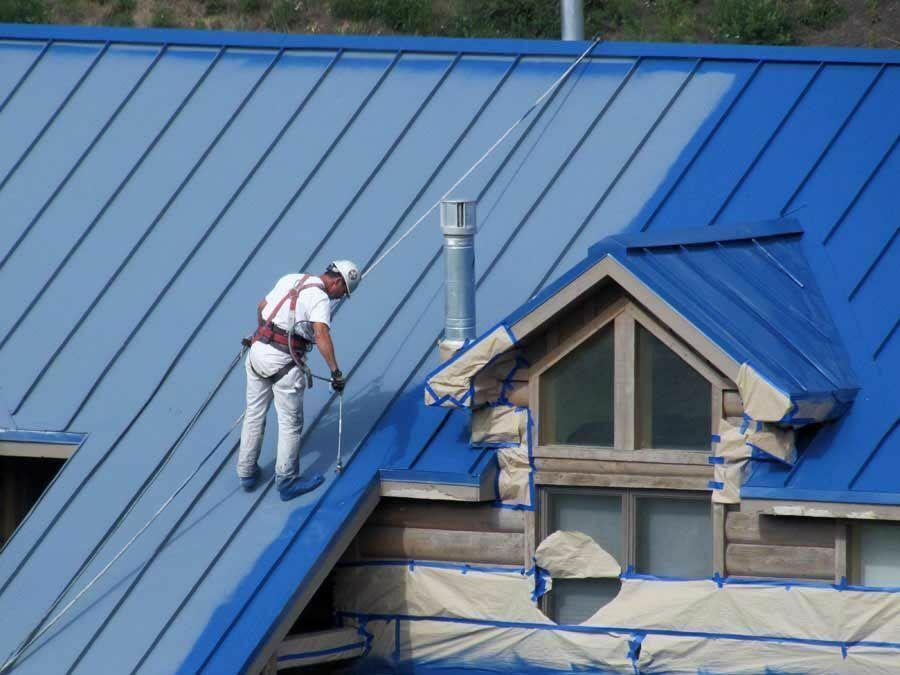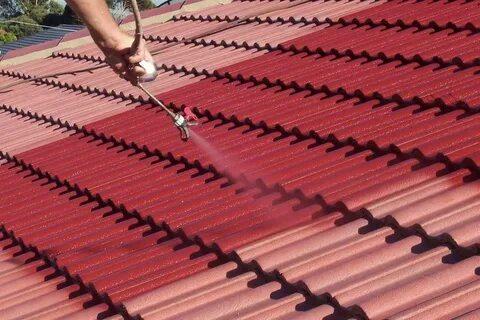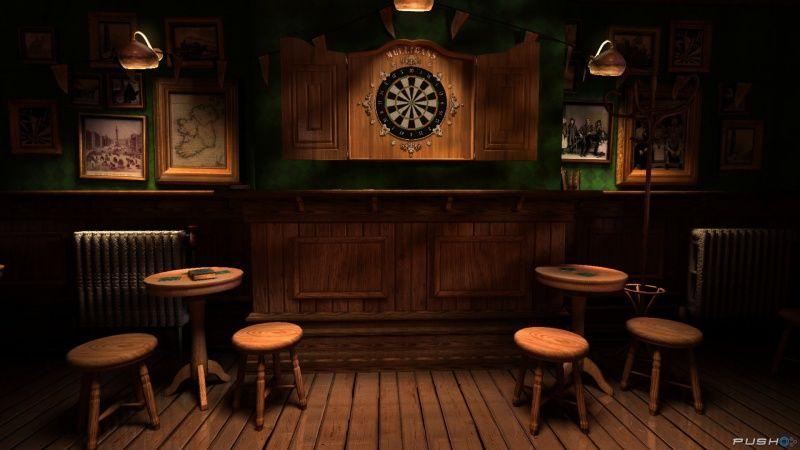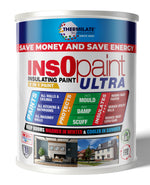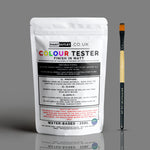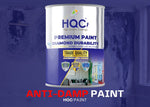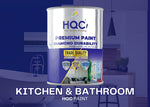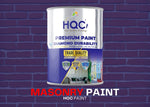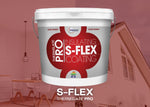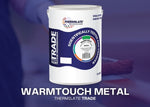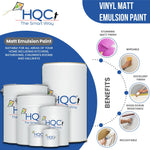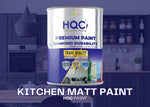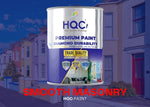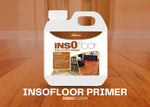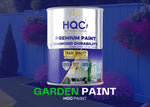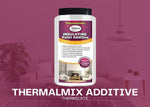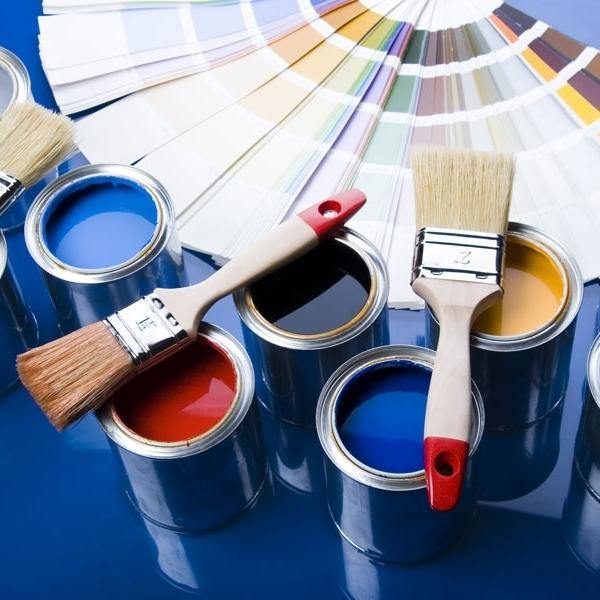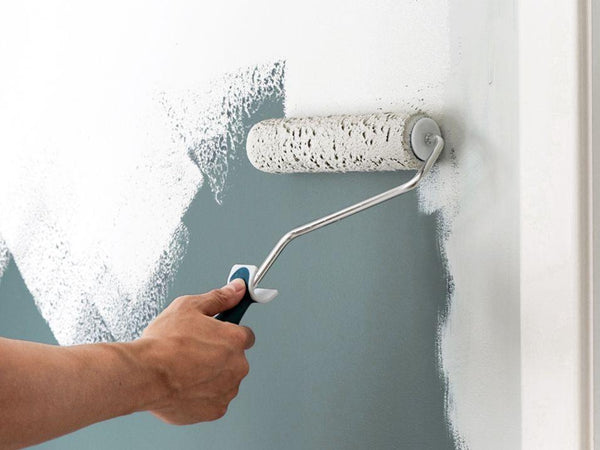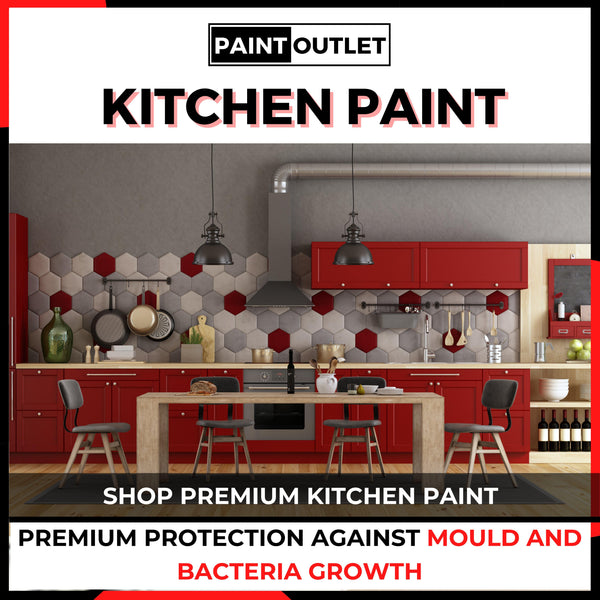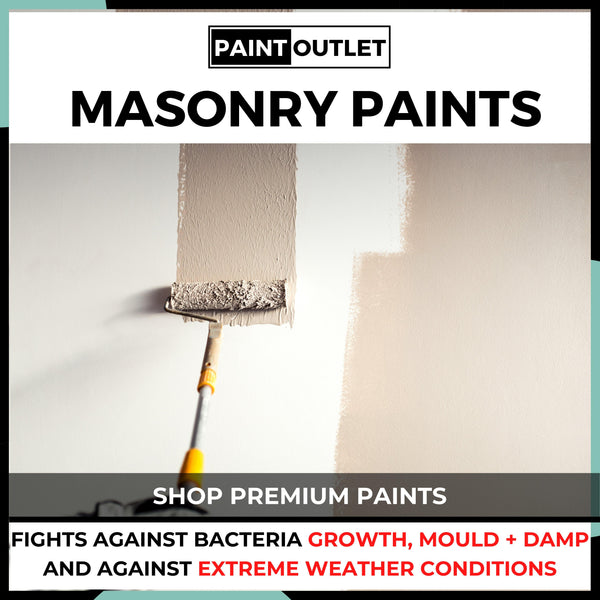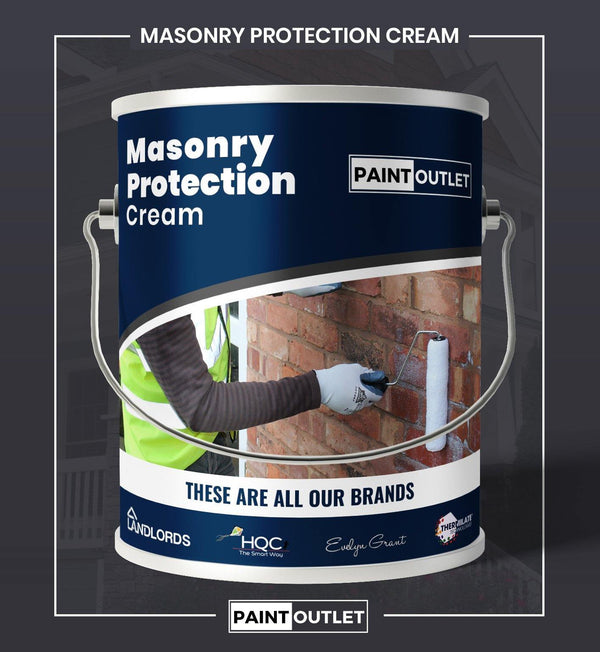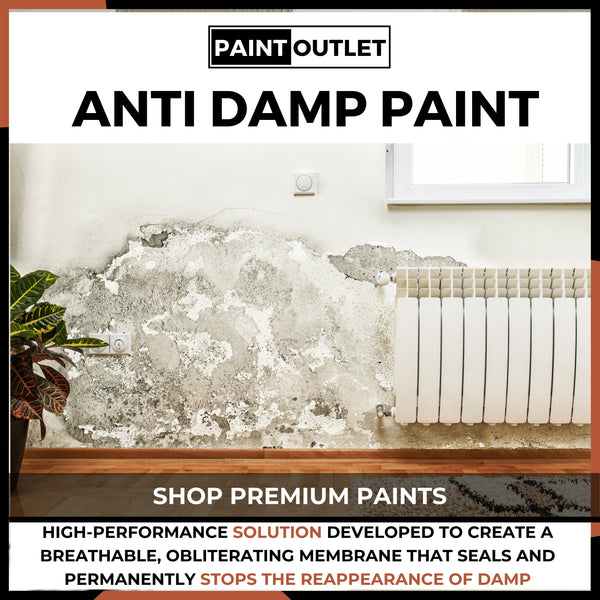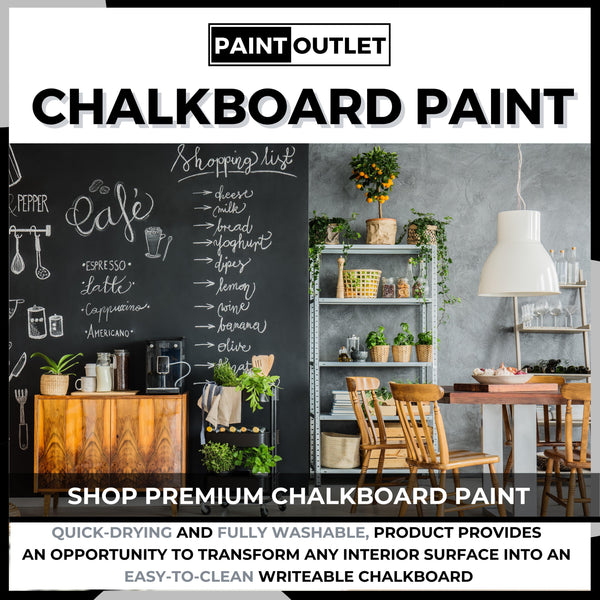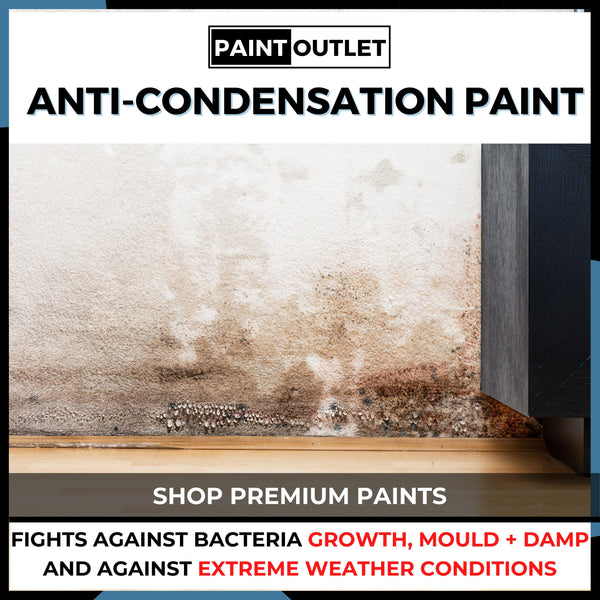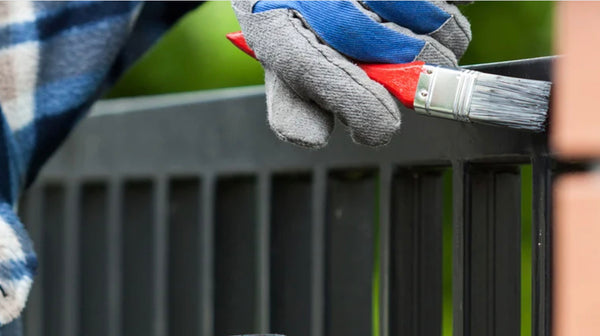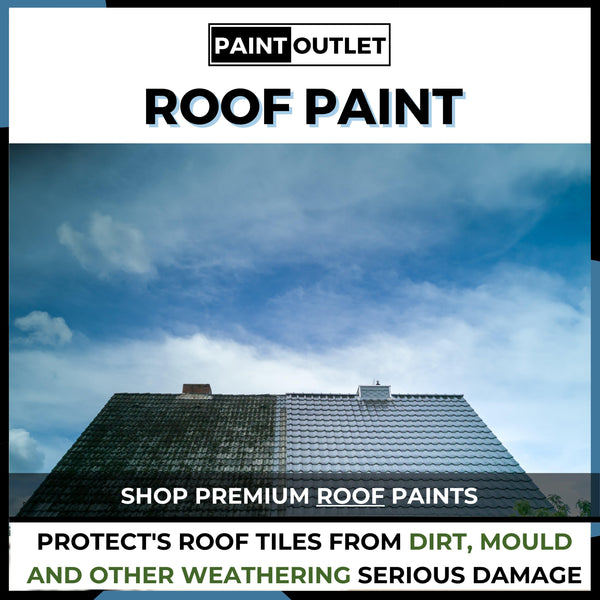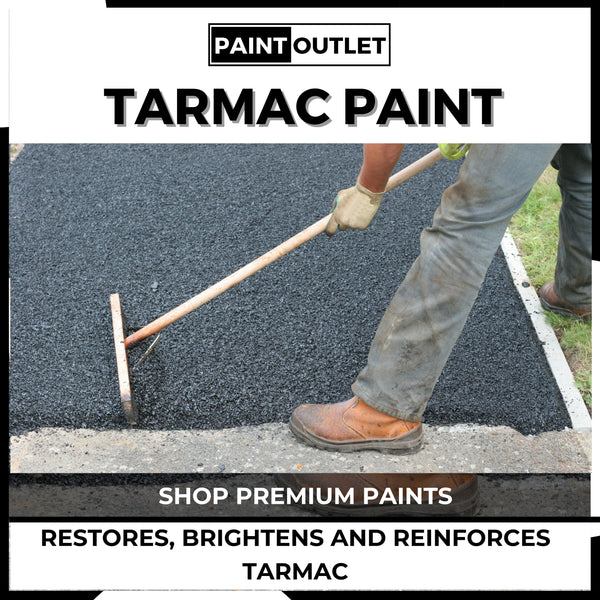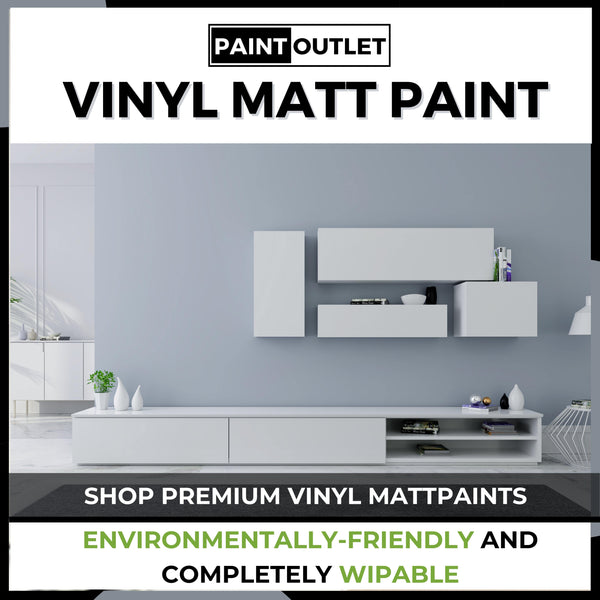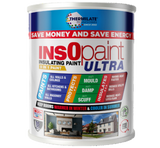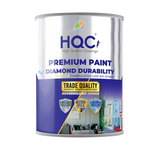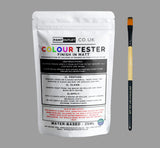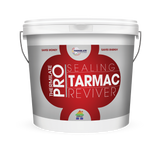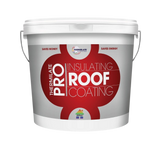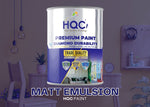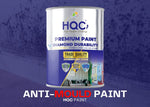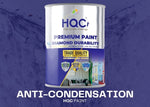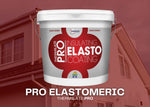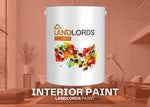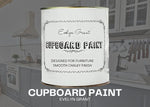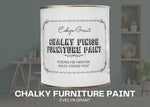Whether it's academic buildings, hostels, hotels, SPAS, gyms, or residential apartments, all buildings suffer from the damaging effects of moisture and water. Poor ventilation and exposure to the elements can cause building decay and corrosion, as well as a reduction in thermal insulation causing more energy to be used to maintain comfortable room temperatures.
Buildings' indoor environments may be linked to lack of ventilation and higher humidity levels which create more risks of condensation, penetrating damp, rising damp, and the growth of moulds to occur. The presence of musky odours, blistering paint, and faded wallpaper can not only damage the beautiful structure of a building and affect the indoor design, but also increases the risks of asthma and allergies as well making the buildings become damp and mouldy. During construction or renovation, these problems need to be reduced and minimized to protect the structures.
These are serious issues which might look difficult to resolve, however there is always a solution. It is extremely important to use a longlasting coating when paint is the only measure protecting your walls. Thermilate technologies can assist you in resolving this issue. The InsOpaint Anti Condensation was created using nanotechnology by their research and development department to add protective coatings to your walls and ceilings.
This water-based paint has been scientifically tested and proven to have the ability to protect building ceilings and walls, as well as kitchens and bathrooms. It will also reduce the musky odour, blistering paint, growing mildew, and condensation because of its moisture repellent technology. By insulating the building, you can extend its longevity and increase its thermal efficiency.
Increased thermal insulation can also result in significant energy cost savings with Thermilate. Thermilates coatings contain thermal barriers that will reflect heat back into the room, preventing heat released to the outside environment in the winter or colder environments, reducing the need for heaters. Alternatively, in warmer climates thermal barriers would reflect excessive heat away from the indoor environment that would otherwise cause interior rooms to overheat to uncomfortable temperatures, reducing the reliance on air conditioners. Overall this technology is made to enhance the breathability of walls and promote a healthier, more environmentally-friendly indoor environment.


















